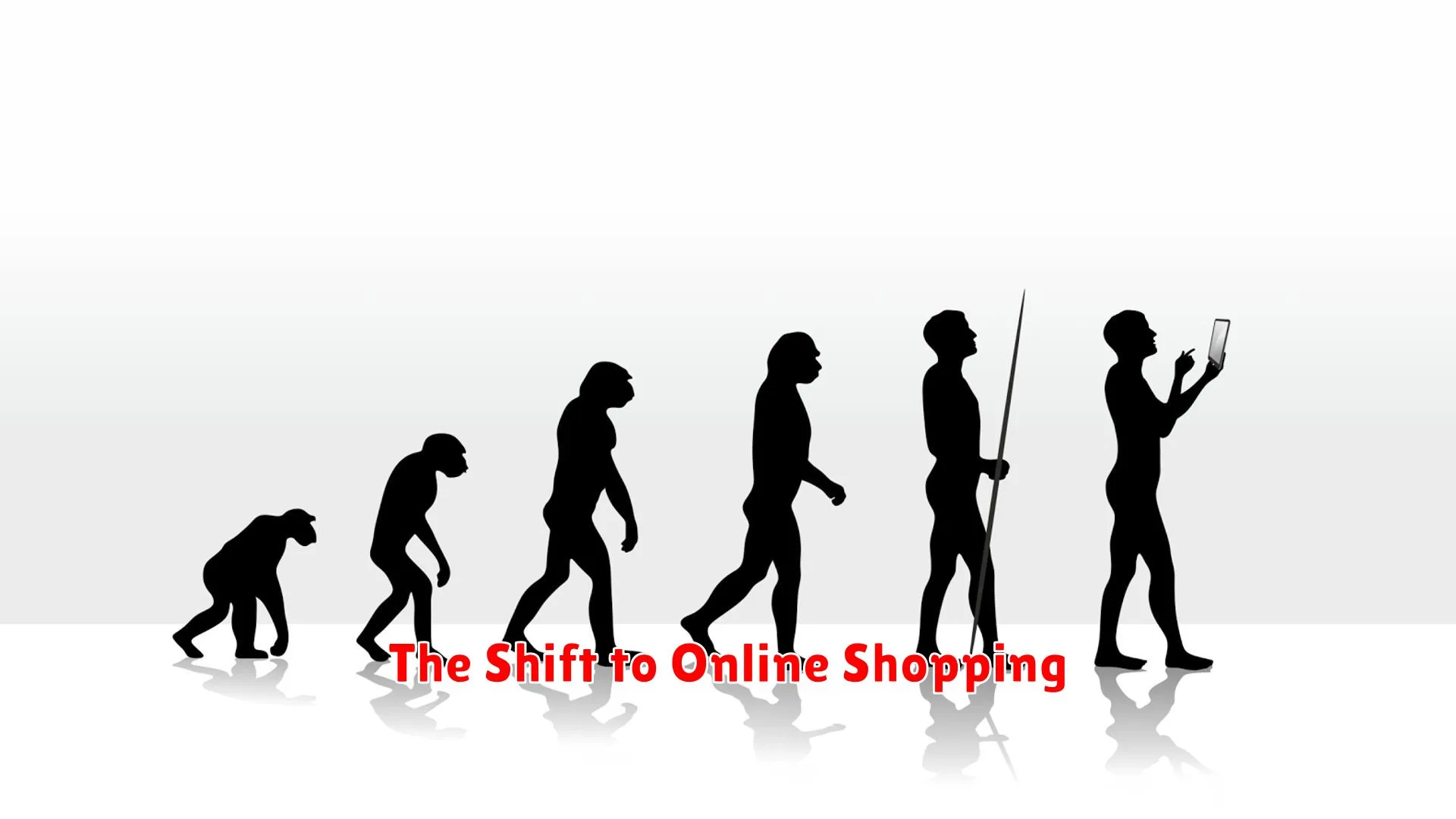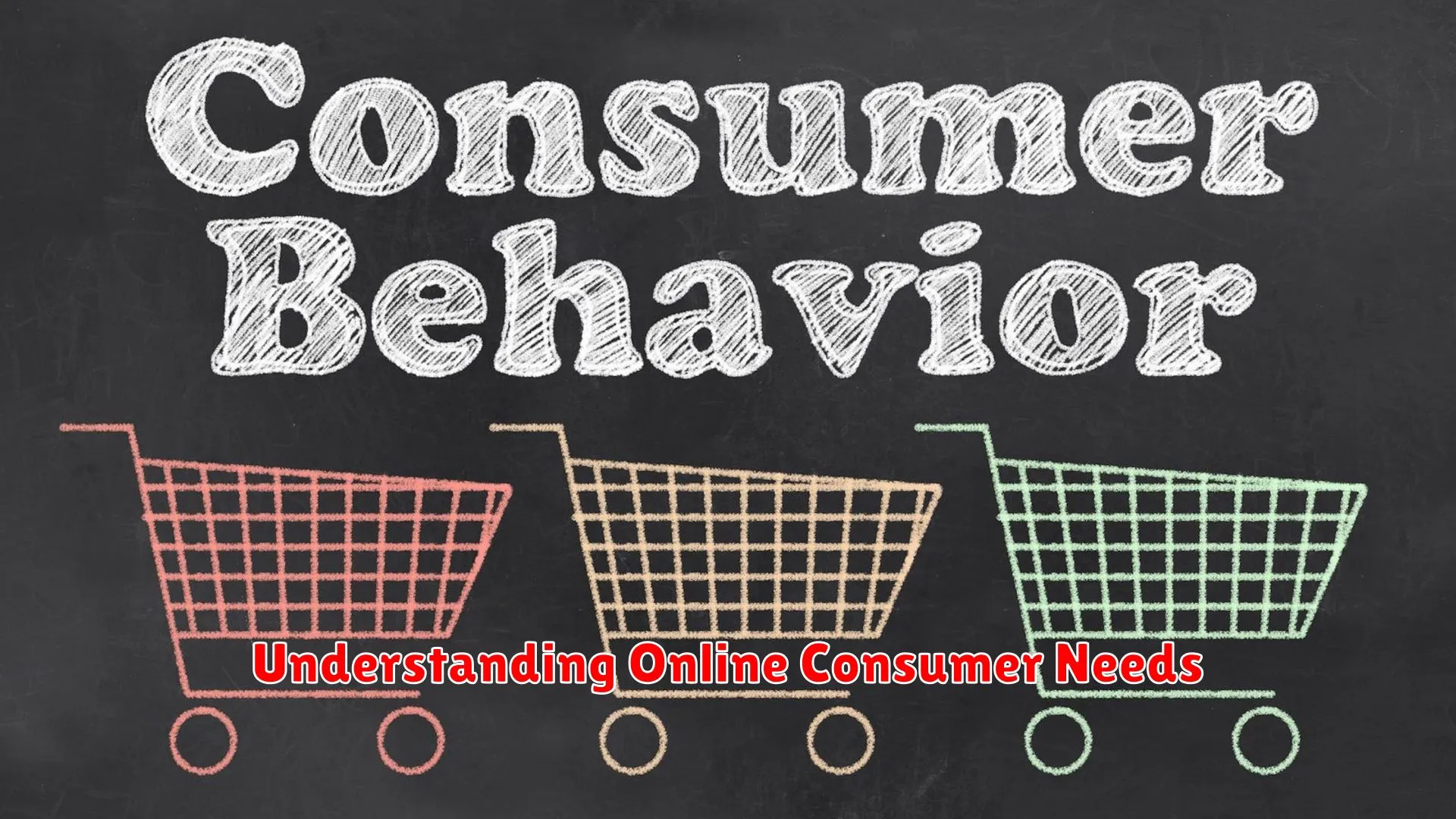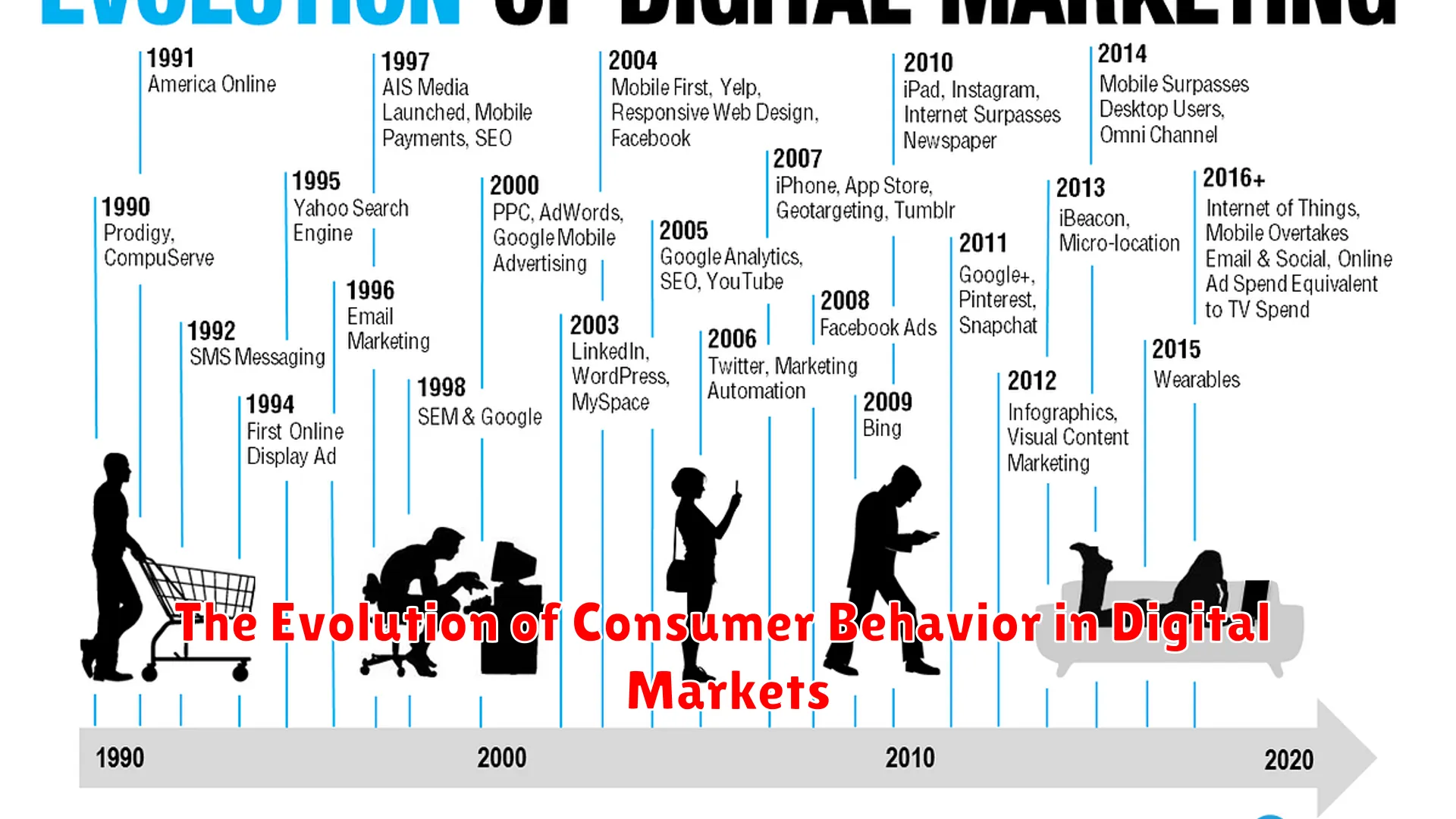Consumer behavior in digital markets has undergone a significant evolution, shaped by technological advancements and changing customer preferences. Understanding these shifts is crucial for businesses aiming to thrive in the digital age.
The Shift to Online Shopping

In the digital age, consumer behavior has significantly evolved, with one of the most notable changes being the shift towards online shopping. This trend has been propelled by various factors that have reshaped how people make purchasing decisions and interact with brands.
With the convenience and accessibility offered by e-commerce platforms, online shopping has become a preferred choice for many consumers. The ability to browse and purchase products or services from the comfort of their homes has revolutionized the retail landscape.
Furthermore, the rise of mobile devices has played a crucial role in driving the transition to online shopping. The proliferation of smartphones and tablets has made it easier for consumers to shop on-the-go, anytime and anywhere.
Another key driver of the online shopping shift is the wide array of choices available to consumers online. E-commerce websites offer a vast selection of products, often at competitive prices, giving shoppers the freedom to explore numerous options before making a purchase.
Moreover, the availability of online reviews and ratings has empowered consumers to make informed decisions while shopping online. Reading feedback from other buyers helps build trust and confidence in products and brands, influencing purchase behavior.
As technology continues to advance and online shopping experiences become more seamless and secure, the trend towards digital transactions is expected to grow even further, shaping the future of consumer behavior in digital markets.
The Role of Social Media in E-commerce

Social media plays a significant role in shaping consumer behavior in the digital marketplace. With the increasing popularity of social networking platforms, e-commerce businesses are leveraging these channels to engage with customers, drive sales, and build brand loyalty.
Customer Engagement: One of the key roles of social media in e-commerce is fostering direct communication and interaction with customers. Businesses can engage with their audience through posts, comments, and messages, providing personalized assistance and building relationships that drive repeat purchases.
Product Discovery: Social media platforms serve as powerful tools for showcasing products and services to a wide audience. Through visually appealing posts, videos, and influencer collaborations, consumers can discover new products and make purchase decisions based on recommendations and reviews from their social networks.
Brand Awareness: Social media presence is essential for e-commerce brands to increase visibility and reach a larger audience. By creating engaging content, running targeted advertising campaigns, and collaborating with influencers, businesses can enhance brand awareness and attract new customers to their online store.
Consumer Insights: Through social media analytics and monitoring tools, e-commerce companies can gain valuable insights into consumer behavior, preferences, and trends. By analyzing data on engagement, click-through rates, and customer feedback, businesses can make informed decisions to optimize their marketing strategies and improve the shopping experience for their customers.
Understanding Online Consumer Needs

In the ever-evolving landscape of digital markets, understanding online consumer needs is paramount for businesses seeking success. Today’s consumers are more tech-savvy and informed than ever before, making it crucial for companies to adapt to their changing behaviors.
One key aspect of understanding online consumer needs is recognizing the shift towards personalized experiences. Consumers now expect tailored recommendations and customized interactions when they visit a website or engage with a brand online. This personalization not only enhances the user experience but also fosters loyalty and repeat purchases.
Moreover, the immediacy of online shopping has influenced consumer behavior significantly. Instant gratification has become the norm, with consumers expecting fast delivery times, responsive customer service, and seamless purchasing processes. Businesses that can meet these expectations are more likely to capture and retain customers.
Furthermore, the rise of social media and online reviews has empowered consumers to voice their opinions and influence purchasing decisions. Brands that actively engage with their online community, address feedback promptly, and maintain transparency in their operations are better equipped to build trust and credibility with their audience.
The Impact of Reviews and Ratings

Reviews and ratings play a crucial role in shaping consumer behavior in digital markets. In today’s interconnected world, potential customers heavily rely on feedback from other users before making purchasing decisions. Here are some key impacts of reviews and ratings:
- Building Trust: Positive reviews and high ratings help build trust and credibility for a product or service. Consumers are more likely to trust the opinions of fellow shoppers, making them more inclined to make a purchase.
- Influencing Purchase Decisions: Reviews and ratings have a direct impact on consumer behavior by influencing their purchase decisions. A product with glowing reviews and high ratings is more likely to be chosen over a similar product with negative feedback or low ratings.
- Evaluating Quality: Consumers use reviews and ratings as a tool to evaluate the quality and performance of a product or service. They look for detailed feedback on features, usability, and overall satisfaction to make informed choices.
- Informing Product Development: Feedback from reviews and ratings can provide valuable insights for businesses to improve their products or services. Complaints or suggestions from customers can guide companies in enhancing their offerings to better meet consumer needs.
Adapting to Changes in Consumer Behavior

Consumer behavior in digital markets has evolved significantly over the years, driven by technological advancements and changing preferences. To thrive in this dynamic landscape, businesses must adapt and align their strategies to meet the evolving needs of consumers. Here are key points to consider when adapting to changes in consumer behavior:
1. Embracing Omni-Channel Approach:
In today’s digital age, consumers interact with brands through multiple channels such as websites, social media, mobile apps, and physical stores. To cater to these omnichannel consumers, businesses need to provide a seamless and consistent experience across all touchpoints. This approach enables brands to engage with consumers effectively throughout their purchasing journey.
2. Personalization and Customization:
Personalized experiences are key drivers of consumer loyalty. By leveraging data analytics and AI technology, businesses can gather insights into consumer preferences and behavior, enabling them to deliver tailor-made products and services. Customization adds value to the consumer experience and increases brand loyalty.
3. Engaging Content Marketing:
Content marketing plays a crucial role in influencing consumer decisions. By creating high-quality content that resonates with their target audience, brands can build trust, establish authority, and drive engagement. Utilizing SEO strategies and social media platforms can amplify the reach of content marketing efforts.
4. Embracing Emerging Technologies:
Keeping pace with technological advancements is vital for businesses looking to stay competitive in the digital market. Integration of AI, AR, VR, and other emerging technologies can enhance the consumer experience, streamline operations, and optimize marketing efforts.
5. Feedback and Adaptation:
Continuous feedback collection and analysis are essential for understanding consumer preferences and behaviors. By listening to customer feedback and adapting strategies based on insights, businesses can stay agile and responsive to changing market dynamics, ensuring long-term success.
Conclusion
In conclusion, the digital market has significantly transformed consumer behavior, leading to increased online shopping and personalized experiences.

